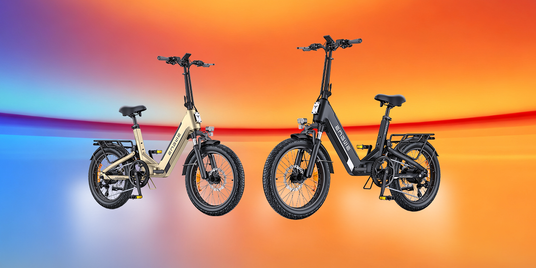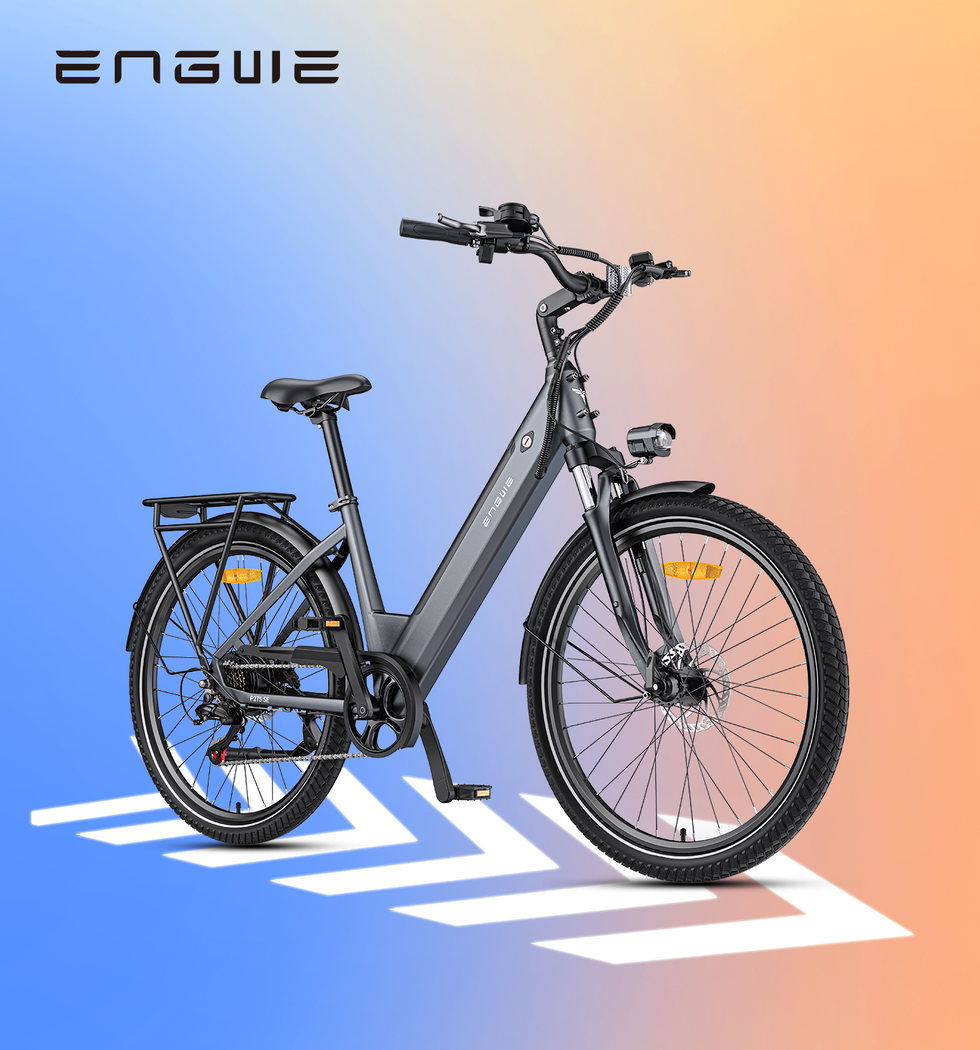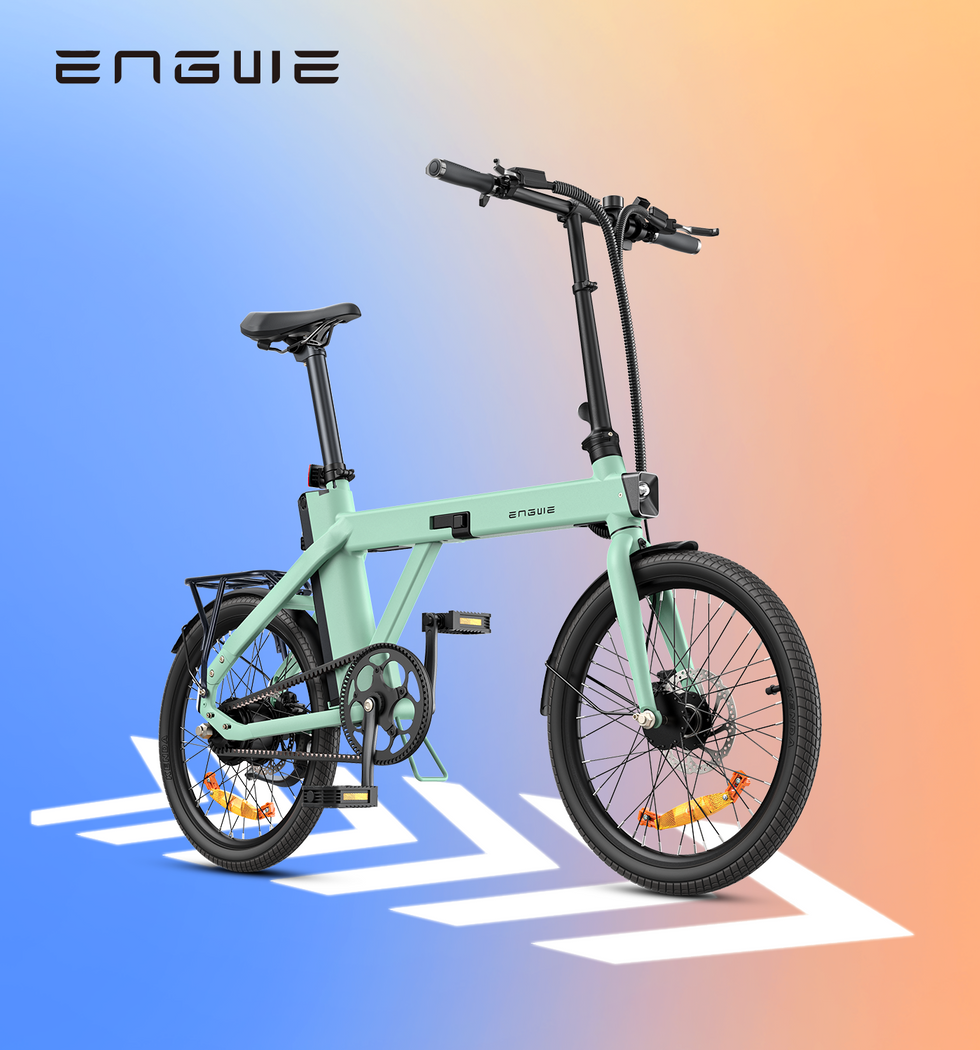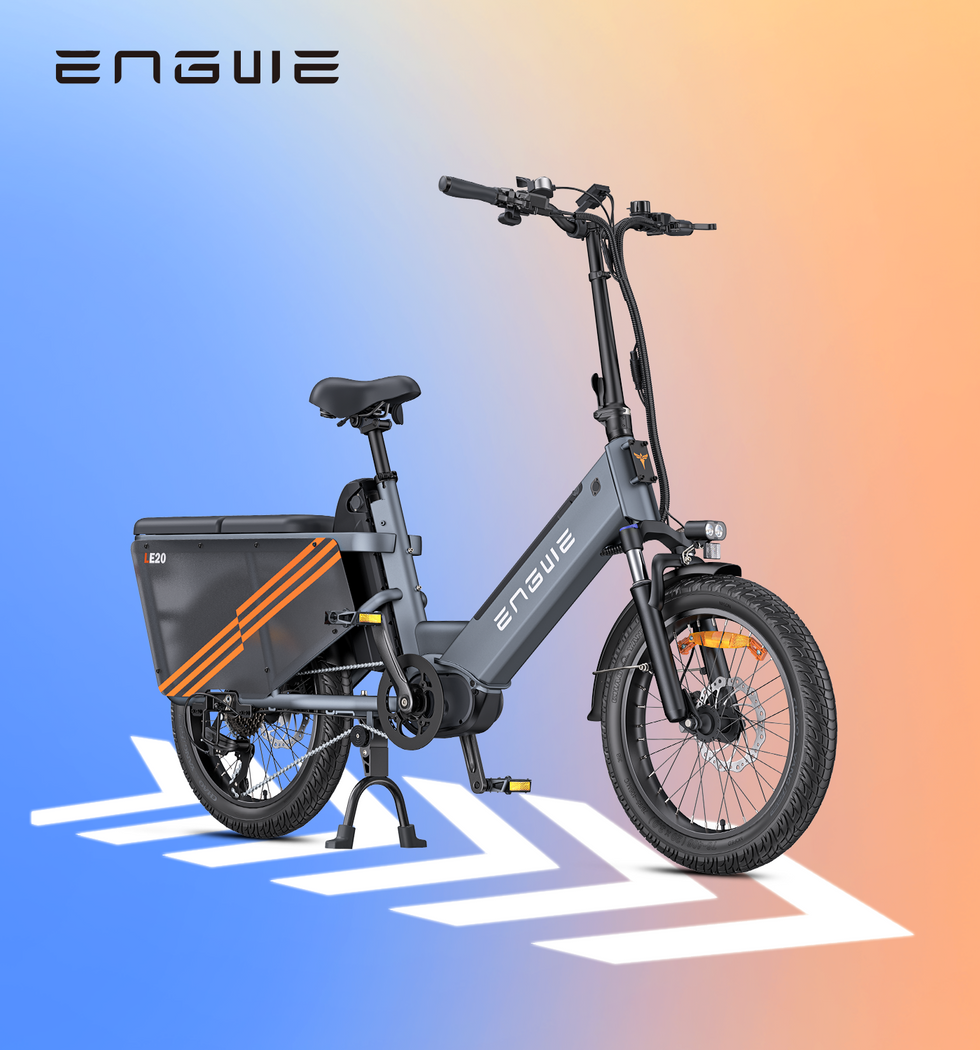While riding down a busy city street, cars go whizzing by a little too close, and the big open pavement looks pretty damn inviting. So easy to just hop on it for the next few moments of safety and calm. But most of the time, at the back of your head is that little voice that whispers, "Is it good to be here?"
This is a question asked by millions of cyclists all over Europe, every single day. The rules surrounding cycling on the pavement are amongst the most misunderstood road laws by any cyclist. Everybody has an opinion on the topic, but what does the law actually say? More importantly, what is the safest option for you? Let's finally sort this out and see how the boom of modern electric bikes is offering a fantastic, legal solution to this traditional dilemma.
The Letter of the Law
Let’s get four straight. Across the EU, there is a law in place that makes it against the law for anyone over the age of 12 to cycle on footways or pavements (which they mean are only for pedestrians). The operative word is "designated." The law is to protect the safety of those walking. They need to feel free from faster-moving vehicles when they are on a footpath.
This rule is not there to be difficult. This rule exists, primarily, to create a repeatable experience for all road users. Pedestrians, in particular vulnerable populations, should expect that space is theirs to use for pedestrian activities and should expect that to exist as part of their environment for street behaviours. On the same line, a bicycle, especially if moving quickly, should also be treated as a vibration hazard along the same rationale. Police discretion is also a factor in enforcing any given law from state to state, and often takes into account the age of the rider, especially for children learning to ride, not to mention cultural nuances around riding behaviour in cities and towns!
It is customary practice that a law is simple: vehicles use the road and foot passengers use the footpath.
So, Why Do So Many People Do It Anyway if It's Illegal?
It is illegal, so why do you then find so many doing it? The answer is nearly always the same: fear. Many cyclists, and especially riders who are inexperienced or those cycling with children, certainly do feel they don't feel safe riding side by side on the street with lorries and buses. Riding being passed up close by a moving lorry or bus is a downright terrifying experience, and the pavement does appear to be offering you sanctuary.

And this points to a real failure of urban planning, where cyclists do not have adequate, safe infrastructure. If proper cycle lanes aren't available, cyclists are often put into a horrible position where they either have to be brave and face traffic or they could break the law for a feeling of safety. It's an infrastructure around the cyclist's failure that may leave them in an unsolvable predicament.
The Safer, Legal Alternative: Taking Your Seat on the Road
The best way to resolve the pavement cycling issue is to have the confidence and safety to ride on the road itself. And that is where the e-bike comes in. A good e-bike is more than a motorized bicycle. It is a new type of riding experience. You will feel comfortable riding within the limits of the law and claiming your rightful and safe place in traffic.
How does it do this? It is all about acceleration and consistency. On a traditional bike, when you start to accelerate from a stop sign or traffic light feels slow and laborious. You may have drivers behind you, impatient to get going. Pedal-assist e-bike provides a strong and smooth push when starting pedaling. You can then instantly accelerate up to cruising speed and hence keep up with city traffic flow and lessen the rage of the rider behind. You then become a predictable and visible part of the traffic ecosystem, rather than a danger to be overtaken dangerously.
Meet The ENGWE P275 SE, Your Perfect Road Companion
If your goal is to legally and confidently ride on city streets and simply get from A to B, you will need a bike that was built specifically for that. The ENGWE P275 SE is more than an e-bike; it’s the way to ride urban commuting without the stress. The P275 SE is designed with the intended use in mind, that was similar to urban commute and European regulations in mind. If you want to leave the pavement behind forever, the P275 SE is definitely the bike for you.

The P275 SE is unique in that it has a smart torque sensor that not only provides power but will read your pedalling effort and provide a natural, seamless boost of assistance. It actually gives the sensation of having super-strong legs, not that the bike is doing all the work. As a result, you have the ability to start from a standstill with ridiculous ease, cruise up gentle inclines while comfortably maintaining a steady 25 km/h and ride with precision traffic navigation challenges; that is, whilst having the convenience of hydraulic disc brakes, an upright and relaxed ride position and a range of 100 km on a single charge, the ability to make your road journey that comfortable and efficient you can almost forget about the pavement.
What Are Shared Use Paths? Learn The Difference
It is important to know that not every path next to a road is actually illegal to ride a bike on. Many cities are building yet another type of path- 'shared use paths'. They are generally signposted with a circular sign of a bicycle and a pedestrian on it, sometimes separated by a line. These are the types of routes that are both allowed to use and suggested.
Overall, it is always useful simply to be courteous. Pedestrians are always right away on a shared path. Use your bell to regularly let pedestrians know you are coming from a distance, and be prepared to slow or stop, while always taking into consideration your speed. Shared paths are an important user of the transport network, providing people with a safe car-free option for the majority of their trips! Learning how to recognize those types of legal paths is a fruitful experience as a responsible cyclist.
Staying within the Law & Staying Safe
Also, cyclists and the government should both strive toward a point where everyone is safer and grasps the rules, and can then do their best to avoid road user conflict. The law may be clear regarding cycling on the footpath; however, the real answer involves what would make cycling safer for all road users, including awareness, improved cycling provision, and access to bicycles, which inspire confidence.
One of the best personal choices to make is to select an electric bike with power, reliability, legality, and road presence, such as the ENGWE P275 SE. It changes your travel from dodging traffic hazards in a stressful negotiation to a fast, safe, and totally legal journey. You can occupy your place on the road, feeling safe in your speed and visibility, and enjoy the freedom cycling was meant to provide.



